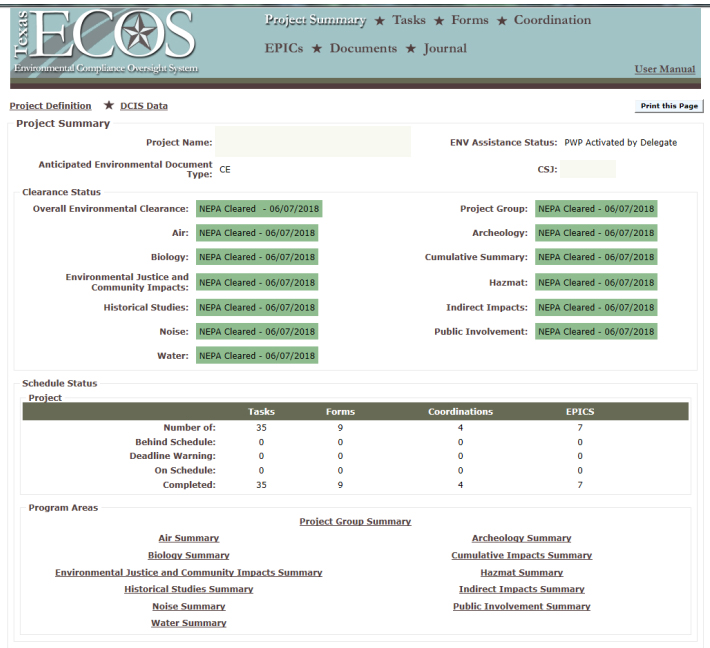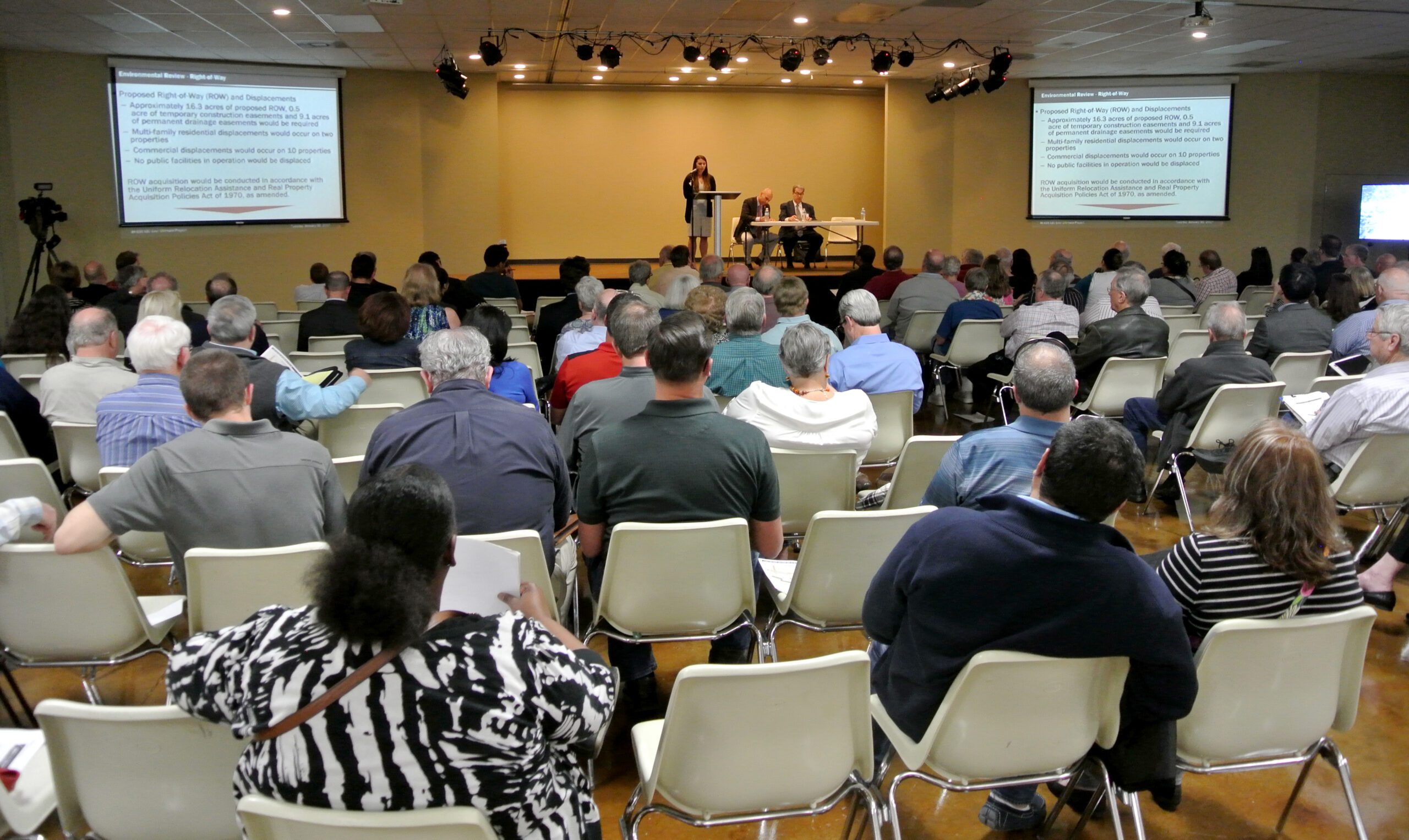What Local Governments Need to Know Before Pursuing Federal Funding
Local governments have an important decision to make before committing to widen a roadway, add a turn lane or even construct a new recreational trail for residents.
Will they accept federal funding for the project?
Federal grant programs assist a great number of state, city and county transportation/mobility projects and improvements. However, making that decision triggers additional environmental review responsibilities and documentation that wouldn’t be required if those same projects were designed and constructed entirely with local funds.
The additional environmental obligations were instituted with the creation of the National Environmental Policy Act (NEPA) of 1969, which applies to federal agencies and actions involving federal funds. Its stated purpose is: “To declare a national policy which will encourage productive and enjoyable harmony between man and his environment; to promote efforts which will prevent or eliminate damage to the environment and biosphere and stimulate the health and welfare of man; to enrich the understanding of the ecological systems and natural resources important to the Nation; and to establish a Council on Environmental Quality.”
The NEPA process can add months to a project schedule, and coordinating with governmental agencies on reviews and guidance can be challenging.
Here are some keys to navigating through the NEPA process and ensuring that a project using federal funds stays on track.
Effective Communication
To minimize scheduling issues in Texas, for example, communication between TxDOT, the local government and the consultant performing the design and environmental studies is essential. TxDOT’s Scope Development Tool and Project Scope document for local sponsors are forms used to spell out the environmental deliverables required, a preliminary schedule and agency coordination needed, if any.
TxDOT guidance on environmental documentation is constantly changing, so it is critical to stay up to speed on the latest guidelines and document formats. In addition, unanticipated procedural changes can occur, so it is important for the consultant to communicate regularly with TxDOT’s environmental coordinators and subject-matter experts, and to be flexible and responsive during the design and environmental review process.
For example, TxDOT’s Environmental Affairs Division (ENV) has recently been taking a more conservative approach for handling Section 4(f) resources in certain scenarios. This is a crucial consideration while scoping for trail projects or any project that could potentially impact a Section 4(f) property, which includes historic sites and publicly owned parks, recreation areas and wildlife/waterfowl refuges.
The Texas Environmental Compliance Oversight System (ECOS) is TxDOT’s electronic system for managing the environmental process. It contains files of record for environmental compliance under state and federal laws.
Coordination of Tasks
The environmental impacts analyses and documentation are dependent on the proposed design. Engineers and environmental teams must work together closely to ensure the following:
-
The design considers environmental constraints.
-
Measures are evaluated to avoid or minimize impacts.
-
The environmental documentation accurately reflects the ultimate design.
Areas of proposed right of way, easements for drainage and construction, grading limits and excavation depths must be considered so potential impacts to the environment are fully examined.
It is beneficial to start the environmental review when the project footprint is set and unlikely to be changed. This prevents additional fieldwork and rework of environmental documentation, which can negatively impact the project schedule and budget.
Agreements and Filings
A Local Project Advance Funding Agreement (LPAFA) must be fully executed and a Control-Section-Job (CSJ) number assigned before TxDOT can dedicate staff and the environmental review can begin. The CSJ is a unique identification number for the project.
Another step is being cognizant of the project let date (when a project is made available for bidding) and the project limits established by the LPAFA. The environmental documentation must be approved by TxDOT prior to the let date or the project could lose funding. Submittals must be accurate and complete, and adequate review time must be incorporated into the project schedule.
Public involvement may include meetings such as this to present technical information, or the production of newsletters or a website.
Public Involvement Activities
Public involvement is typically required as part of the environmental review.
If previous meetings were held by the local government for the public or specific property owners, appropriate documentation—per TxDOT guidance—needs to be gathered and maintained by the local government to avoid additional public involvement requirements. Documentation must meet the standards provided by TxDOT.
For any required meetings with affected property owners, public meetings or public hearing, it is imperative to communicate and scope the roles and responsibilities of the consultant, local government and TxDOT. For example, if not specified in the consultant’s scope of services, the local government would be responsible for mailing notices to adjacent property owners as well as costly advertising in local newspapers to comply with TxDOT standards. These expenses can be anticipated and surprises avoided through proper communication during the contracting phase.
Thorough Collaboration
Close coordination up front and throughout the project development process between TxDOT, the engineers and the environmental team is extremely important to keep projects from veering off course and avoid the need for supplemental fees caused by inadequate scoping, late design changes and misunderstandings about project responsibilities.
For more information about Halff’s Environmental team, write to Info-Environmental@Halff.com.




